What is Foie Gras—And What’s Wrong With It?

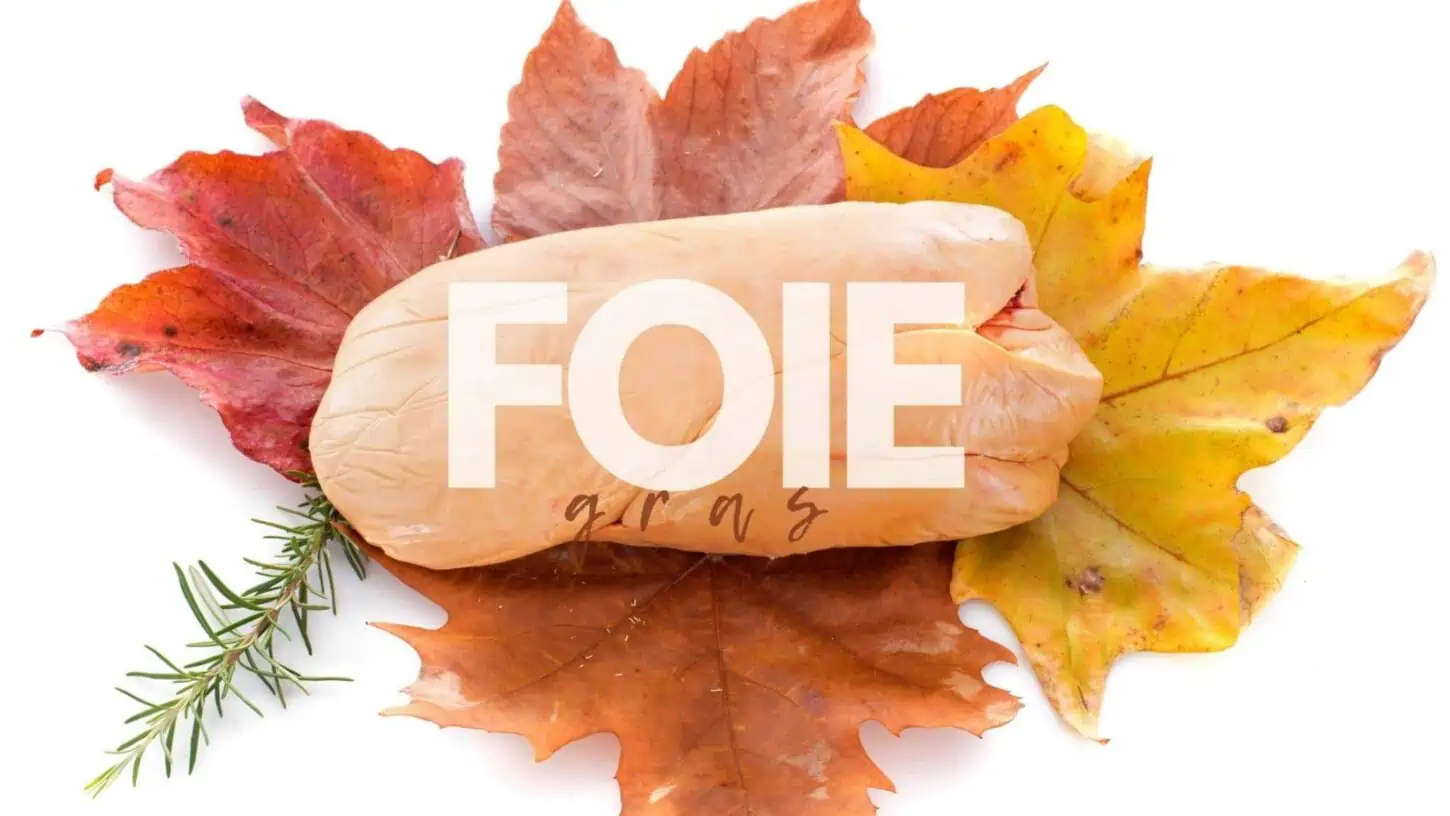
Foie gras is a delicacy that has been enjoyed for centuries, but dig a little and you’ll quickly find there’s a dark side to the production, using cruel and inhumane practices to produce it. Here’s everything you need to know about foie gras from how it’s made, why it’s wrong, what can be done to stop it, and the best vegan foie gras alternatives.
When many people hear the words “foie gras” they are instantly thinking of something that is extremely rich and decadent. It conjures images of fine French dining and high society. It is a food eaten by people who live a life of luxury who spare no expense for their pleasure. Sadly, the birds who are the source of this expensive treat do not live luxurious lives.
Table of Contents
Table of Contents
- What is Foie Gras?
- How is Foie Gras Made?
- What Ducks And Geese Endure for Foie Gras
- It Hurts More Than Just The Birds in Production
- A Chance for a Brighter Future
- Foie Gras Has Been Banned Around The World
- Vegan Foie Gras Alternatives
- Vegan Foie Gras Recipes
- How to Take Action to End Cruel Foie Gras Practices
- Leave Foie Gras Off Your Plate
What is Foie Gras?
The name “foie gras” comes from the French words for “fat liver.” That’s because foie gras is made from the fatty liver of ducks and geese who have been force-fed through an extremely uncomfortable, painful, and cruel process. This controversial food item has been enjoyed for centuries, particularly in European countries such as France, where it is considered a delicacy.
Chefs around the world use foie gras for a variety of reasons, including its rich and buttery flavor, versatility, and cultural significance. The unique taste and texture of foie gras make it a popular ingredient in many high-end restaurants and gourmet dishes, despite ethical concerns.
Foie gras can be seared, grilled, poached, or even used in terrines and pâtés. Its rich flavor can add depth and complexity to many dishes, making it a popular choice among chefs.
While foie gras was once associated with luxury and sophistication, today it is widely associated with a complete disregard for animals.
How is Foie Gras Made?
In the production of foie gras, workers insert crude feeding tubes down the throats of male ducks twice a day. From here, they pump the birds full of up to 2.2 pounds of grain and fat, far more than the waterfowl needs to survive. Geese, on the other hand, receive this treatment three times every day. They also receive more forced-feed than ducks, coming in at up to four pounds daily. This process is known as gavage.
This force-feeding can cause the birds’ livers to expand to more than 10 times the average size. This causes a variety of issues. Many of the birds undergoing gavage have difficulty standing due to the fact their livers distend their abdomens. They have been known to tear out their own feathers and attack each other due to the extreme stress they experience.
The living conditions experienced by them are no better. They are kept in tiny cages or crowded sheds. Because of this, they are unable to properly bathe or groom themselves and become coated in a layer of their own excrement.
To see exactly what the process looks like and the living conditions here’s a quick 60-second video from PETA.
What Ducks And Geese Endure for Foie Gras
In a report created by a Newsweek reporter who had visited a foie gras factory farm, it was discovered that many of the ducks they saw were unable to move because of infection in their feet. They supposed that this was due to how long they would have to stand on metal grilles during the gavage process.
These are not the only health problems associated with foie gras production. Other common health problems include:
- Damage to the esophagus
- Fungal infections
- Diarrhea
- Impaired liver function
- Heat stress
- Lesions
- Fractures of the sternum
Many birds die during the gavage. One of the leading causes of death during the process is known as aspiration pneumonia. This occurs when the grain is forced into the birds’ lungs during force-feeding. Studies have found that birds who are force-fed have a mortality rate that is 20 times higher than normally fed birds.

It Hurts More Than Just The Birds in Production
The horrors of foie gras production go much further than this, however. Because only male ducks are used to produce foie gras, female ducklings do not undergo this process. Something else, however, is done with them. In France alone, 40 million female ducklings each year are simply thrown into meat grinders while they are still alive. This is done to create fertilizer and cat food among other things.
An investigation at Hudson Valley Foie Gras in New York discovered something even more shocking. A single worker at the plant was expected to force-feed 500 birds three times each day. You may be wondering how it could possibly be safe to do this at the pace it would require. The reality is that it most definitely is not safe. The pace at which they were working was only leading to a much higher mortality rate.
While force-feeding of any kind is definitely an inhumane practice, there are safer ways to do this, but because the bottom line is more important than the well-being of animals to some organizations, it is a rush job. The investigation found countless ducks left injured and suffering throughout the feeding process. Many ducks died instantly from organs rupturing in the feeding process. One duck seen at the plant had a neck that was so maggot-ridden that water would spill out of holes every time it tried to drink.
A Chance for a Brighter Future
With increasingly stringent laws and regulations around foie gras production and factory farming in general, many producers are considering moving their production to countries that will allow them to continue as they always have. One of the major choices of these producers has been China. This is because there are no laws to protect animals from cruelty within the country.
Foie Gras Has Been Banned Around The World
In the United States, many states are currently in the process of banning foie gras production because of the activism that has grown and the work of public citizens to engage with their representatives to pass legislation supporting animal welfare. One state that has already banned foie gras production is California. They are still in the process of battling courts as to whether or not the product should be legal for sale in the first place.
In other countries, like Israel, Germany, Norway, and the United Kingdom, force-feeding of animals has been made entirely illegal. Because of this, there is absolutely no foie gras production in these nations. That said, they have not taken the extra step of banning the importation and it is still eaten regularly.
India, on the other hand, has gone the extra mile. Rather than simply ban the production, India has outright banned importation throughout the entire country. This means it cannot be legally sold anywhere, regardless of country of origin. At first glance, you may not see one country banning the product as a good amount of change, but India has a population of 1.3 billion. That is an absolutely major market win for animal welfare.
Vegan Foie Gras Alternatives
Nowadays there’s no need to consume foie gras with cruelty-free, plant-based alternatives on the rise. In recent years one company has taken it upon itself to develop a vegan foie gras using Rhiza. This microbe derived from fungi undergoes a fermentation process using potato starch or other plant-based byproducts. The result is a rather convincing meat-like base that’s perfect for mimicking foie gras.
The Better Meat Co.’s mycelium meats, as they’re called, are not only cruelty-free but also a healthier alternative. These plant-based meats contain more protein than eggs, more iron than beef, more fiber than oats, and no cholesterol or saturated fats. Plus, it just so happens to be a natural source of vitamin B12!
They currently partner with brands and restaurants to bring their products to consumers, including many restaurants in California as well as Hormel Foods.
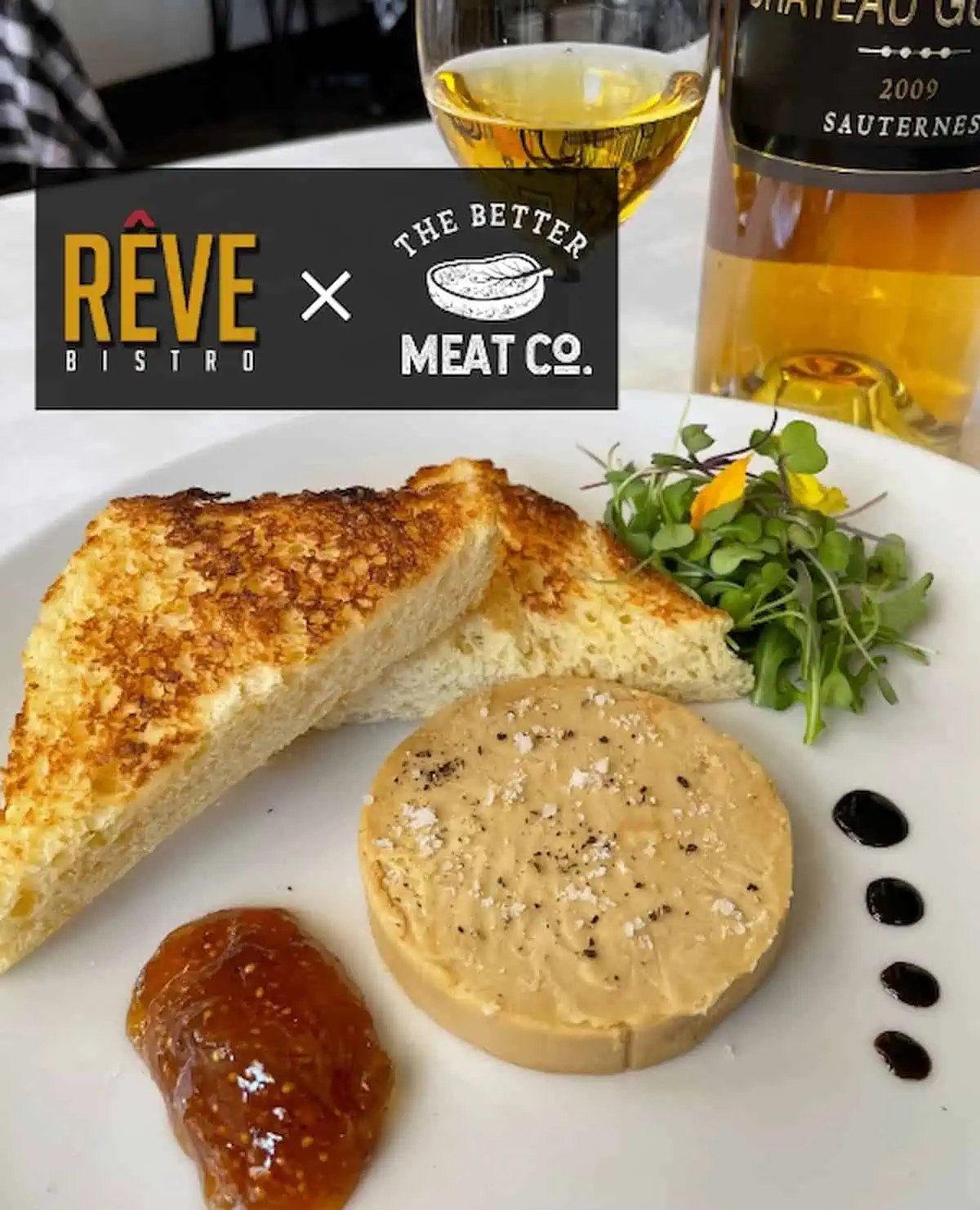
In Spain, a similar endeavor has taken place with the brand Hello Plant Foods developing a vegan foie gras marketed as Fuah! It was so well received that it sold out within 12 hours of the launch. Their version is made of cashews, coconut oil, beetroot extract, and a dash of cognac.
Vegan Foie Gras Recipes
If those options above aren’t available near you yet, fear not—there are several great recipes for making vegan foie gras at home!
- Zero geese were harmed in the making of this Faux Gras that uses a mushroom-lentil base perfect as a spread or vegan starter.
- Vegan Foie Gras made with a cashew base and seasoned with truffle oil, miso, and cognac is remarkably close to the real thing!
- Use the luxurious combo of tofu and cashews with a subtle smoky flavor to create spreadable Vegan Foie Gras.
How to Take Action to End Cruel Foie Gras Practices
1. Educate Yourself and Others
The first step to taking action to ban foie gras is to educate yourself and others about the issue. Learn about the production process of foie gras and the animal welfare concerns that are associated with it. Share this information with your friends, family, and community to raise awareness about the issue.
2. Contact Your Local Legislators
Contacting your local legislators is another way to take action to ban foie gras. Reach out to your city council members, state representatives, and senators to express your concerns about the production and sale of foie gras. You can also urge them to support legislation that would ban the production and sale of foie gras in your area.
3. Sign Petitions and Join Campaigns
Many animal welfare groups and activists have launched campaigns and petitions to ban foie gras. By signing these petitions and joining these campaigns, you can add your voice to the movement to ban foie gras. You can also share these petitions and campaigns with your friends and family to encourage them to join the movement as well.
4. Boycott Foie Gras
One of the most effective ways to take action to ban foie gras is to boycott the product. By refusing to purchase or consume foie gras, you are sending a message to producers and sellers that there is no demand for this inhumane product. You can also encourage others to boycott foie gras by sharing information about the production process and animal welfare concerns associated with it.
5. Support Alternative Products
There are many delicious and ethical alternatives to foie gras that you can support. Look for plant-based products that mimic the flavor and texture of foie gras, or support animal-friendly farms that produce ethical foie gras alternatives.
By taking action to ban foie gras, we can send a message that inhumane practices in the food industry will not be tolerated. Through education, activism, and ethical consumer choices, we can work towards a future where foie gras is no longer produced or consumed.
Leave Foie Gras Off Your Plate
The production and consumption of foie gras is a cruel and unnecessary practice that causes immense suffering to ducks and geese. By continuing to support the production and sale of foie gras, we are perpetuating this inhumane industry and contributing to the mistreatment of animals.
It is important that we take action to ban foie gras and promote more ethical and sustainable food practices. We must educate ourselves and others, contact our local legislators, sign petitions, boycott foie gras, and support alternative products.
By taking these steps, we can work towards a future where foie gras is no longer produced or consumed, and where animal welfare is prioritized in the food industry. We have the power to make a difference, and it is our responsibility to use it to create a more compassionate world. So, let us take action today and make a positive impact on this important issue.
The next time you hear the words “foie gras” you won’t be taken aback with visions of a better life, bumping elbows with elites. Now, you can see it for what it really is. Disturbing, inhumane, and cruelty to animals that is paid for at more than one high cost.

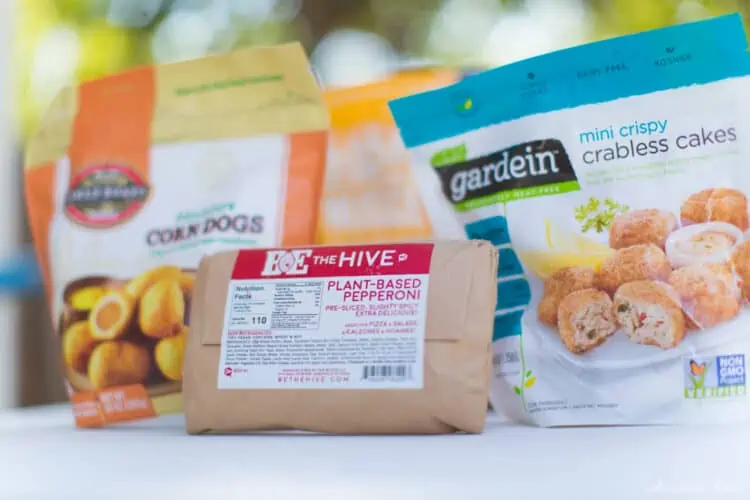
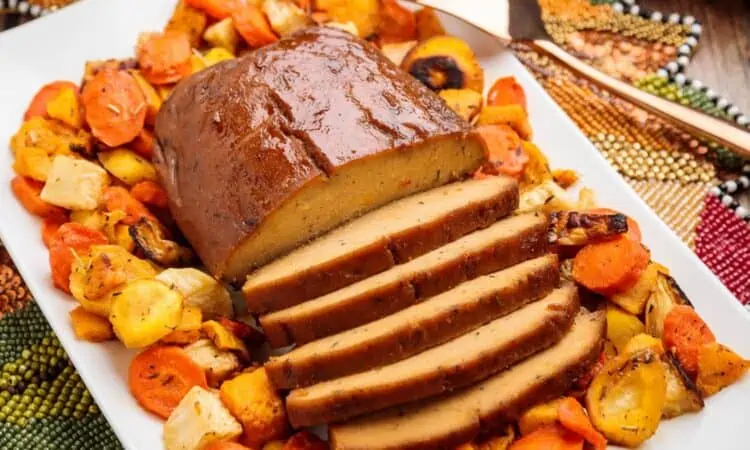
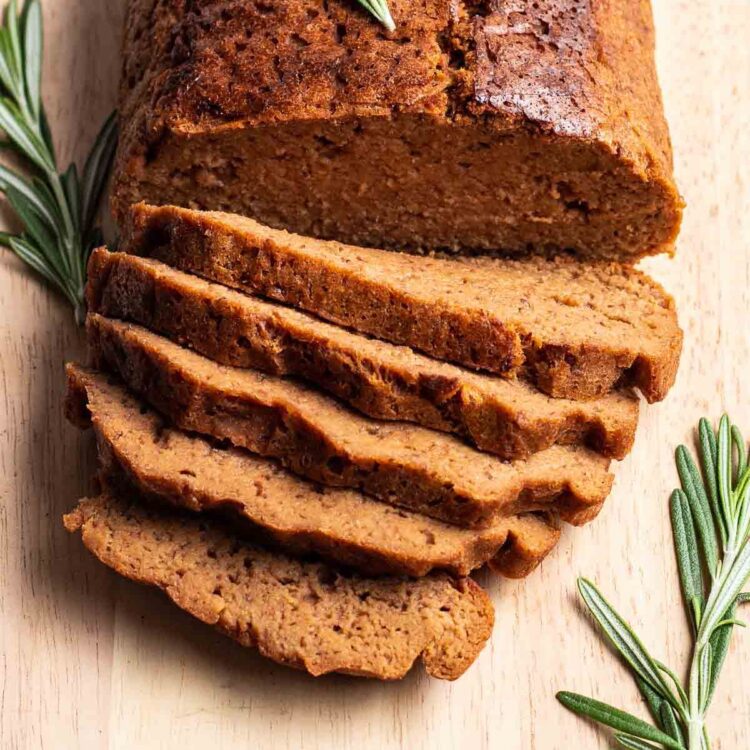
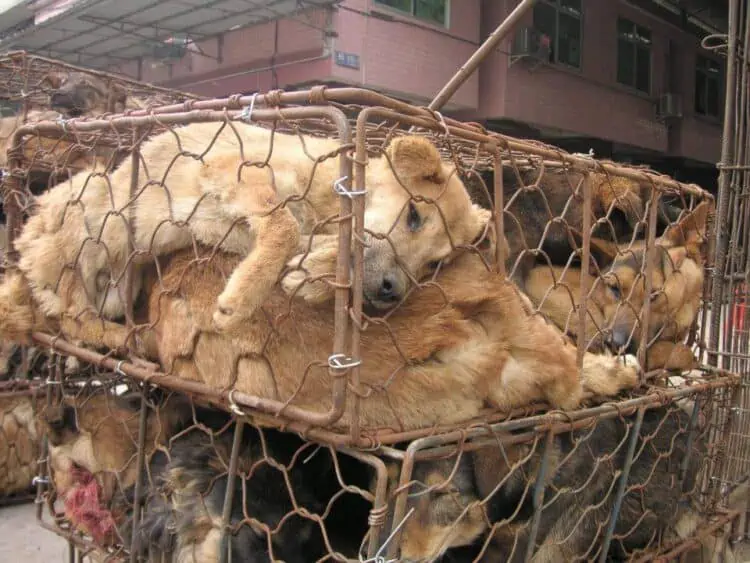

Leave a Comment